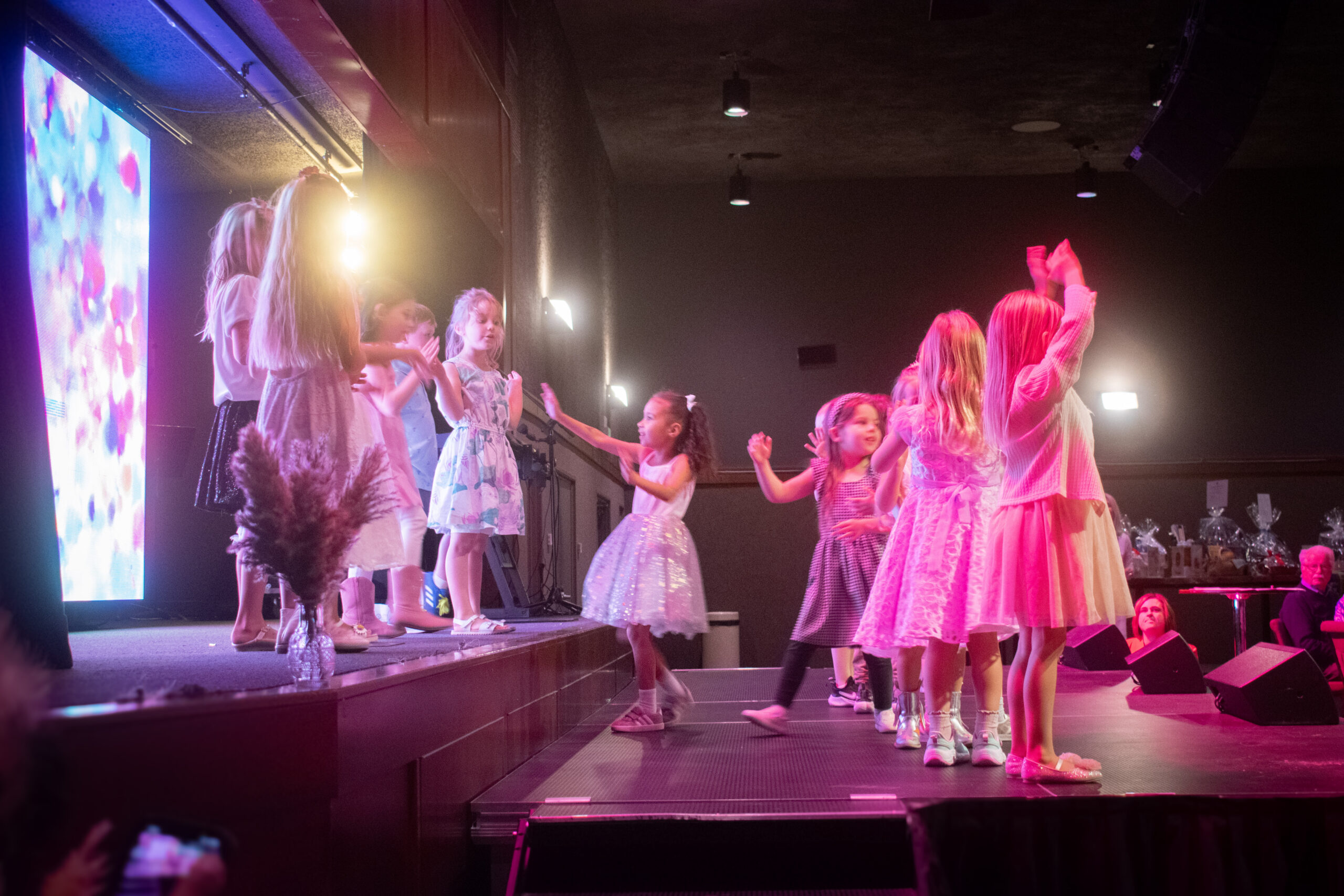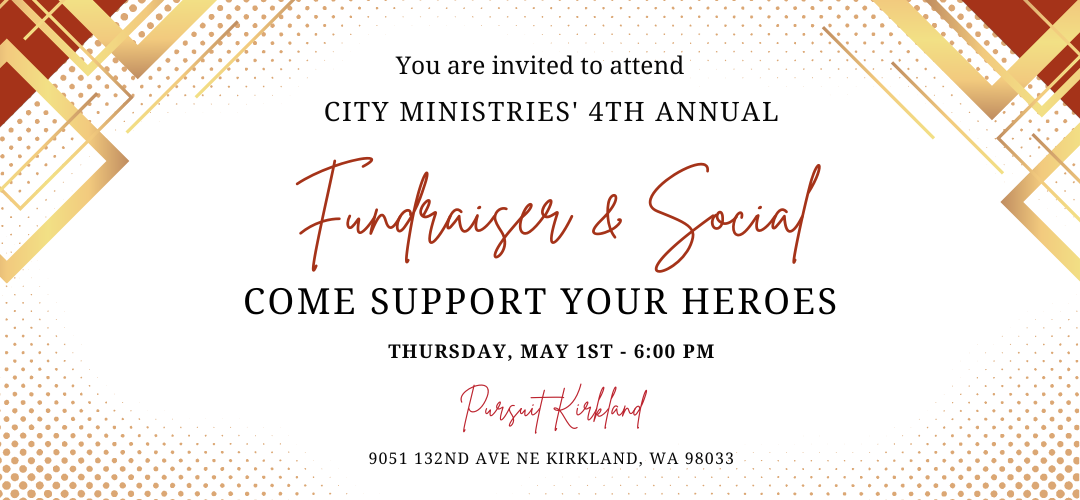Have you ever wondered why kids love movement–based and hands-on learning? The action of jumping in puddles, sifting sand through tiny fingers, painting with tiny hands, building rocket ships out of cardboard, or just crunching leaves with our hands and feet outside? Well, it’s because our little people are kinetic learners. Up to age 7 children learn best through movement. No wonder it’s so hard for them to sit still for a long period of time. Their brains are wired for learning by moving, which creates the optimal learning environment. Movement is the bridge that helps children connect the concepts. Think about it this way, as adults, our work spaces have tools that help us do our jobs in the most effective way; a laptop, paper, pens, a board, our car or maybe our phones. For children their main tool, to effectively do their work (which is play), is their body. A study from the University of Virginia released in 2016 found that, when compared to how children played in 1998, today children are experiencing far less opportunities to choose active learning experiences for themselves. Most of their time is spent in a passive learning environment.
At City Kids School, we are in a constant quest to implement a play-based learning environment. We aim to create daily activities for children to move their bodies. In the classroom setting this translates into songs with finger play, building blocks, children directing their learning through puppets, process art, and visiting places where children can actively experience nature. This means, less work sheets and more experiential learning. This past week one of our classes had their Family Social Event to learn more about the Autumn season. During this visit children were able to taste vegetables harvested right in front of their eyes and by their own hands. They also helped prepare the seeds for the next harvesting season. As we all walked together through the farms, we realized behavioral issues were minimized, students seemed focused, calm and present with each of the activities they were experiencing. The movement and hands–on learning experienced were satisfying their developmental need for creativity and exploration which positively impacted their behavior.
As you can see, the basis of play is freedom of movement. As adults our main job is to provide open ended opportunities for children, without continuously intervening to see a specific product or result. We are called to create a safe space in which children feel secure enough to move, explore and create. As teachers, parents and caregivers we are their guide, but if we restrict their learning by telling them, “This is what your play should look like” or “you are moving too much or too little” or passing any judgement over their learning experience, we are taking away the heart and benefit of play which is the fuel of a healthy development. If you want to learn more about movement, play and learning you can visit , http://www.pz.harvard.edu/projects/pedagogy-of-play.



